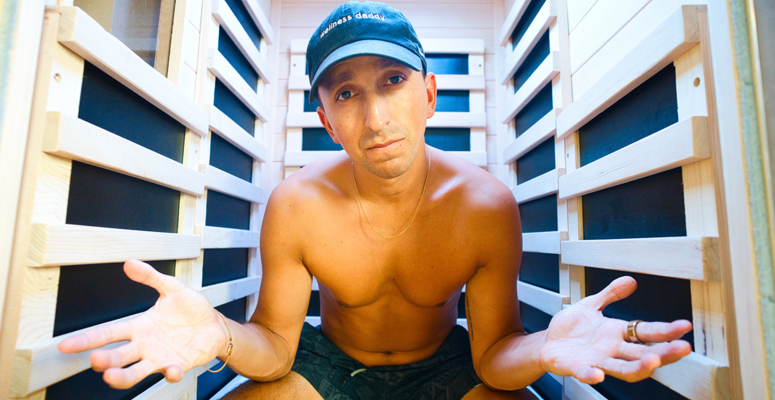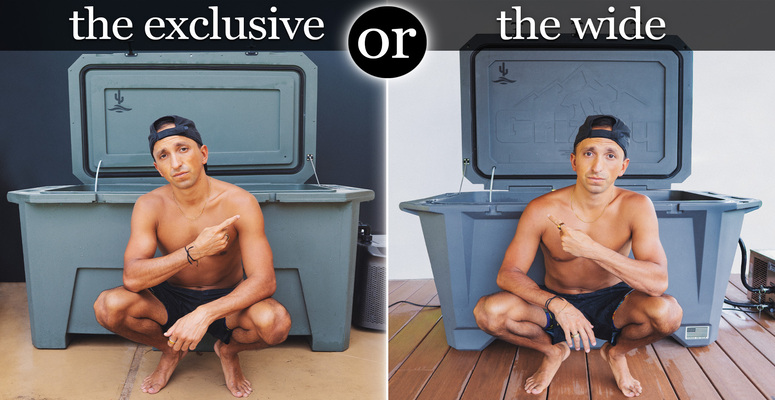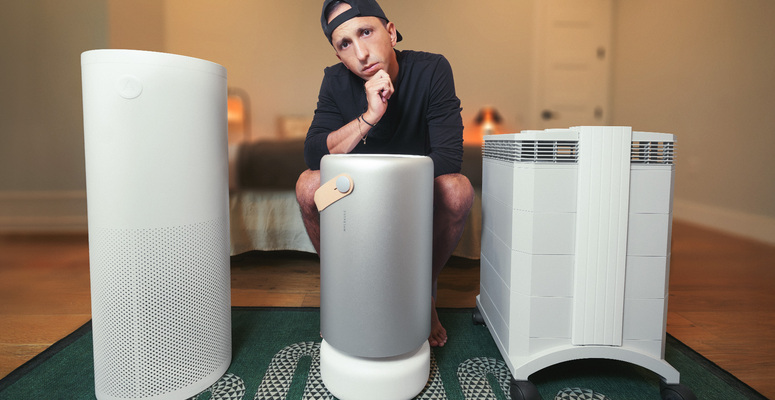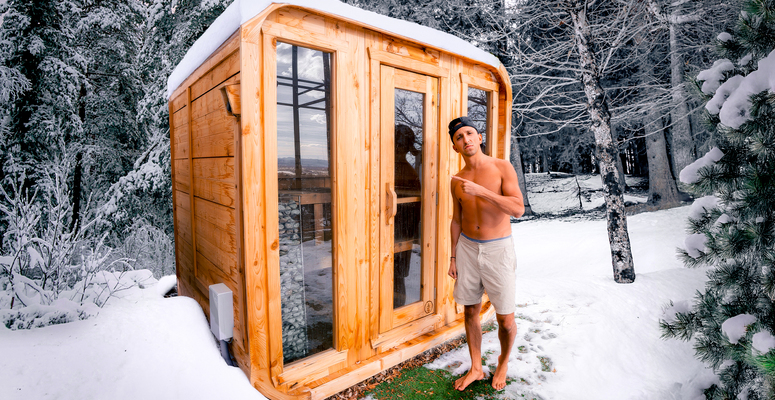Kyle is a dedicated and trusted researcher and curator of information/resources on living a healthy life.

Whether it's for the Wim Hof Method, cold therapy, or just general health and wellness building your DIY chest freezer ice bath can be an exciting project, but it's crucial to approach it with the right knowledge and preparation. If you're new to cold exposure or looking to upgrade your existing setup, here are some practical tips and insights I learned from my own DIY Ice bath journey.
Choosing the Right Freezer
When embarking on this project, it's crucial to choose the right freezer. The first thing I'd recommend is to invest in a larger freezer as this will enhance your comfort during immersion and make the overall process more enjoyable especially if you plan to use it daily. Additionally, look for freezers with a plastic interior or coated with sealant to prevent damage and facilitate cleaning. With a mental interior, the water is likely to freeze, and breaking that ice when cleaning may dent your freezer.
The Importance of Proper Sealing
Proper sealing is CRITICAL to prevent leaks and maintain the integrity of your DIY ice bath. Seal any potential openings or gaps with sealant to ensure a watertight enclosure. The sealant not only prevents water damage but will prolong the lifespan of your setup.
Bonus Tip: If your freezer has a drainage plug, it is vital to fill it with both sealant and/or flex tape to prevent any possible leaks.
Maintenance and Cleaning Tips
Regular cleaning and maintenance are key to keeping your ice bath hygienic and functional. Investing in an ozone generator and pump can help sanitize the water and promote cleanliness, but be sure to monitor and clean the unit regularly to prevent mold, bacteria, and other contaminants.
The Essential Equipment
An ozone generator and fish pump are indispensable accessories for maintaining water quality and cleanliness in your ice bath. For anyone unsure of what they are an ozone generator is a device that produces ozone gas, a highly reactive molecule composed of three oxygen atoms, known for its disinfectant properties. While, the fish pump (or multiple of them) simply helps move the water throughout the tank. These tools are a lifesaver as help eliminate bacteria, algae, and odors, ensuring a safe and enjoyable experience.
Finding the Sweet Spot
Finding the optimal temperature is crucial for maximizing the benefits of your ice bath while ensuring comfort and safety. Experiment with different settings to find the ideal temperature range for your needs, aiming for around 40-45 degrees Fahrenheit (4-7 degrees Celsius) for a pleasant and effective experience. An ice bath at 40 degrees, will produce the same benefits as at 32 degrees at much less discomfort. At 32 degrees, the water will start freezing, your toes will begin to curl and you may experience muscle cramps and other discomfort.
Longevity and Durability
Building a durable and long-lasting ice bath requires careful planning and investment. Choose high-quality materials and equipment, prioritize proper sealing and maintenance, and consider future upgrades or modifications. With the right approach, your DIY ice bath can provide years of benefits and enjoyment.
Conclusion
In conclusion, with the right knowledge and preparation, building your DIY chest freezer ice bath can be a rewarding and beneficial experience. By following these tips and insights, you can create a safe, effective, and enjoyable cold exposure experience tailored to your needs and preferences.
For the complete DIY Ice Bath Guide, watch the video HERE.
FAQs (Frequently Asked Questions):
Q: How much does it cost to build a DIY ice bath?
A: The cost of building a DIY ice bath can vary depending on factors such as the size of the freezer, quality of materials, and additional accessories. Budget-friendly options can start around $500, while more elaborate setups may require a higher investment.
Q: Can I use any freezer for building an ice bath?
A: While you can technically use any freezer for building an ice bath, it's essential to choose one with a plastic interior or coated with sealant to prevent damage from exposure to cold water. Investing in a quality freezer upfront can save you time and headaches in the long run.
Q: How often should I clean my DIY ice bath?
A: It's recommended to clean your DIY ice bath regularly, ideally after each use or at least once a week. Use an ozone generator and pump to sanitize the water and prevent the buildup of mold, bacteria, and algae. Regular maintenance will ensure a hygienic and enjoyable experience.
Q: What is the optimal temperature for an ice bath?
A: The optimal temperature for an ice bath typically ranges from 40 to 45 degrees Fahrenheit. Experiment with different settings to find the temperature range that is comfortable yet effective for your cold exposure therapy. Avoid extremely cold temperatures to prevent discomfort and potential injury.
Q: How can I prolong the lifespan of my DIY ice bath?
A: To prolong the lifespan of your DIY ice bath, prioritize proper sealing, regular maintenance, and investing in quality equipment. Use sealant to seal any potential openings or gaps, clean the unit regularly with an ozone generator and pump, and monitor for signs of wear or damage. With proper care, your ice bath can provide years of benefits and enjoyment.
Disclaimer: The content provided in this article is for informational purposes only and does not constitute medical advice. Consult with a qualified healthcare professional for personalized recommendations.




































